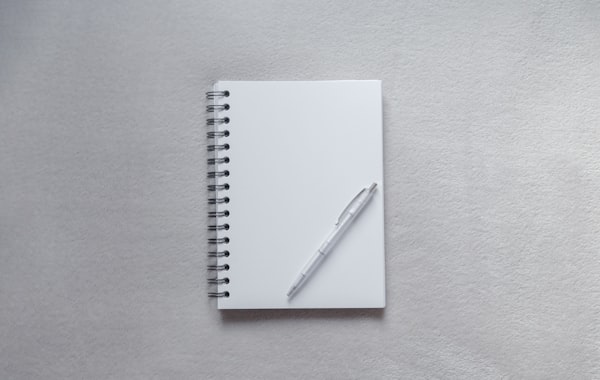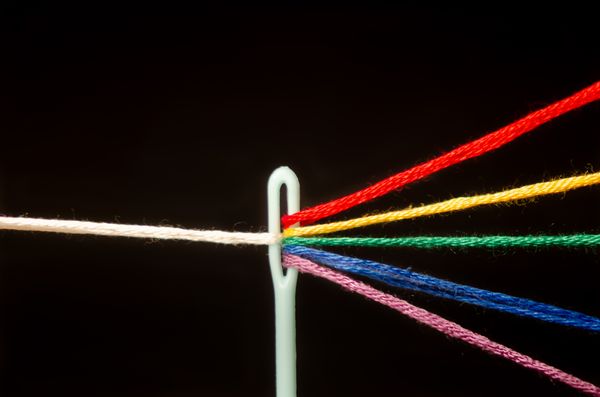Swift DateFormatter Cheatsheet, Formulas, And Examples
Learn how to use DateFormatter to parse, format, and extract components from Dates. Use the cheatsheet to create DateFormatter formulas.

Manipulating and formatting dates in Swift is a common task. This post presents examples for working with DateFormatter, Date, and other structs that enable parsing, formatting, and extracting components from dates and date strings.
- Date Formulas Cheatsheet
- Date Format Cheatsheet
- Format Date To String Using DateFormatter
a. timeStyle
b. dateStyle
c. locale
d. calendar - Calendar Cheatsheet
- Convert String To Date
- Date Components
a. Create Date From Date Components
b. Date Components From A Date
Date Formulas Cheatsheet
| Formula | Output |
|---|---|
| dd.MM.yy | 16.01.23 |
| MM/dd/yyyy | 01/16/2023 |
| MM-dd-yyyy HH:mm | 01-16-2023 00:10 |
| MMM d, h:mm a | Jan 16, 0:10 AM |
| EEEE, MMM d, yyyy | Monday, Jan 16, 2023 |
| yyyy-MM-dd’T’HH:mm:ssZ | 2023-01-16T00:10:00-0600 |
Date Format Cheatsheet
| Formula | Description | Example |
|---|---|---|
| yyyy | 4-digit year | 2022 |
| yy | 2-digit year | 22 |
| MM | 2-digit month | 01 |
| M | 1 or 2 digit month | 1 |
| dd | 2-digit day of the month | 02 |
| d | 1 or 2 digit day of the month | 2 |
| HH | 2-digit hour (24-hour format) | 13 |
| H | 1 or 2 digit hour (24-hour format) | 13 |
| hh | 2-digit hour (12-hour format) | 01 |
| h | 1 or 2 digit hour (12-hour format) | 1 |
| mm | 2-digit minute | 02 |
| m | 1 or 2 digit minute | 2 |
| ss | 2-digit second | 02 |
| s | 1 or 2 digit second | 2 |
| a | AM/PM for 12-hour format | PM |
Format Date To String Using DateFormatter
The dateFormat property on DateFormatter specifies how the DateFormatter instance will parse and format dates. After setting the dateFormat to a format string, call date(from:) with a formatted date string to parse the date string to a Date:
let dateFormatter = DateFormatter()
dateFormatter.dateFormat = "MM/dd/yyyy"
let date = dateFormatter.date(from: "01/16/2023")
print(date) // Optional(2023-01-16 00:10:00 +0000)
timeStyle
DateFormatter has another interface for specifying the time format of a date, the timeStyle property. The timeStyle property can be set to one of the following values:
| Value | Description |
|---|---|
| .none | The time is not displayed. |
| .short | The time is displayed in a short format, such as "0:10 AM". |
| .medium | The time is displayed in a medium format, such as "0:10:00 AM". |
| .long | The time is displayed in a long format, such as "0:10:00 AM EST". |
| .full | The time is displayed in the most detailed format possible, including the time zone and seconds. |
let dateFormatter = DateFormatter()
dateFormatter.timeStyle = .medium
let timeString = dateFormatter.string(from: Date())
print(timeString) // "00:10:00 AM"
dateStyle
DateFormatter also has an interface for specifying the date format of a date, the dateStyle property. The dateStyle property can be set to one of the following values:
| Value | Description |
|---|---|
| .none | The date is not displayed. |
| .short | The date is displayed in a short format, such as "1/16/2023". |
| .medium | The date is displayed in a medium format, such as "Jan 16, 2023". |
| .long | The date is displayed in a long format, such as "January 16, 2023". |
| .full | The date is displayed in the most detailed format possible, including the weekday and era. |
let dateFormatter = DateFormatter()
dateFormatter.dateStyle = .medium
let dateString = dateFormatter.string(from: Date())
print(dateString) // "Jan 16, 2023"
locale
To control the language and region-specific information in a formatted date, use the locale property on DateFormatter.
let dateFormatter = DateFormatter()
dateFormatter.dateFormat = "MMMM d, yyyy"
dateFormatter.locale = Locale(identifier: "fr_FR")
let date = dateFormatter.string(from: Date())
print(date) // "janvier 16, 2023"
To set the locale property to the user's device settings, use .autoupdatingCurrent:
dateFormatter.locale = Locale.autoupdatingCurrent
calendar
To control the calendar used to format the Date, use the calendar property on DateFormatter.
let dateFormatter = DateFormatter()
dateFormatter.dateFormat = "MMMM d, yyyy"
dateFormatter.calendar = Calendar(identifier: .islamic)
let date = dateFormatter.string(from: Date())
print(date) // "Jumada II 22, 1444"
Calendar Cheatsheet
| Calendar | Description |
|---|---|
| gregorian | The Gregorian calendar, used in most of the world. |
| buddhist | The Buddhist calendar, used in Thailand and other countries with a Buddhist majority. |
| chinese | The Chinese calendar, used in China and other countries with a significant Chinese population. |
| coptic | The Coptic calendar, used in the Coptic Orthodox Church. |
| ethiopicAmeteAlem | The Ethiopian calendar, also known as the Ethiopian Orthodox Tewahedo Church calendar. |
| ethiopicAmeteMihret | The Ethiopian calendar, also known as the Ethiopian Orthodox Tewahedo Church calendar. |
| hebrew | The Hebrew calendar, used in Israel and other Jewish communities. |
| iso8601 | The ISO 8601 calendar, an international standard for date and time representation. |
| indian | The Indian national calendar, used in India and other countries with a significant Indian population. |
| islamic | The Islamic calendar, used in Muslim communities around the world. |
| islamicCivil | The Islamic calendar, used in Muslim communities around the world. |
| japanese | The Japanese calendar, used in Japan. |
| persian | The Persian calendar, used in Iran and other countries with a significant Persian population. |
| roc | The Republic of China calendar, used in Taiwan and other Chinese communities. |
Convert String To Date
In addition to formatting dates and times, use DateFormatter to parse a String into a Date. Just like formatting dates, set dateFormat on the DateFormatter to the format of the date string. Then, call date(from:) passing in a date string to get a parsed Date:
let dateFormatter = DateFormatter()
dateFormatter.dateFormat = "yyyy-MM-dd"
let dateString = "2023-01-16"
let date = dateFormatter.date(from: dateString)
print(date) // Optional(2023-01-16 00:10:00 +0000)
Date Components
DateComponents is a struct that enables working with specific components of a date, like year, month, or day.
Create Date From Date Components
To create a Date in Swift by specifying each individual date component, use DateComponents:
var components = DateComponents()
components.day = 15
components.month = 1
components.year = 2023
components.hour = 0
components.minute = 10
let date = Calendar.current.date(from: components)
Date Components From A Date
To obtain date components, like the day number, from a Date use DateComponents:
// Use the user's set calendar
let calendar = Calendar.autoupdatingCurrent
// Get the year, month, and day from the date
let components = calendar.dateComponents(
[.year, .month, .day],
from: Date()
)
// Reference the date components
nowComponents.year
nowComponents.month
nowComponents.day
Parsing and Formatting Dates In Swift
That's it! By using DateFormatter, Date, Calendar, and DateComponents you can parse, format, and work with date components in Swift.




